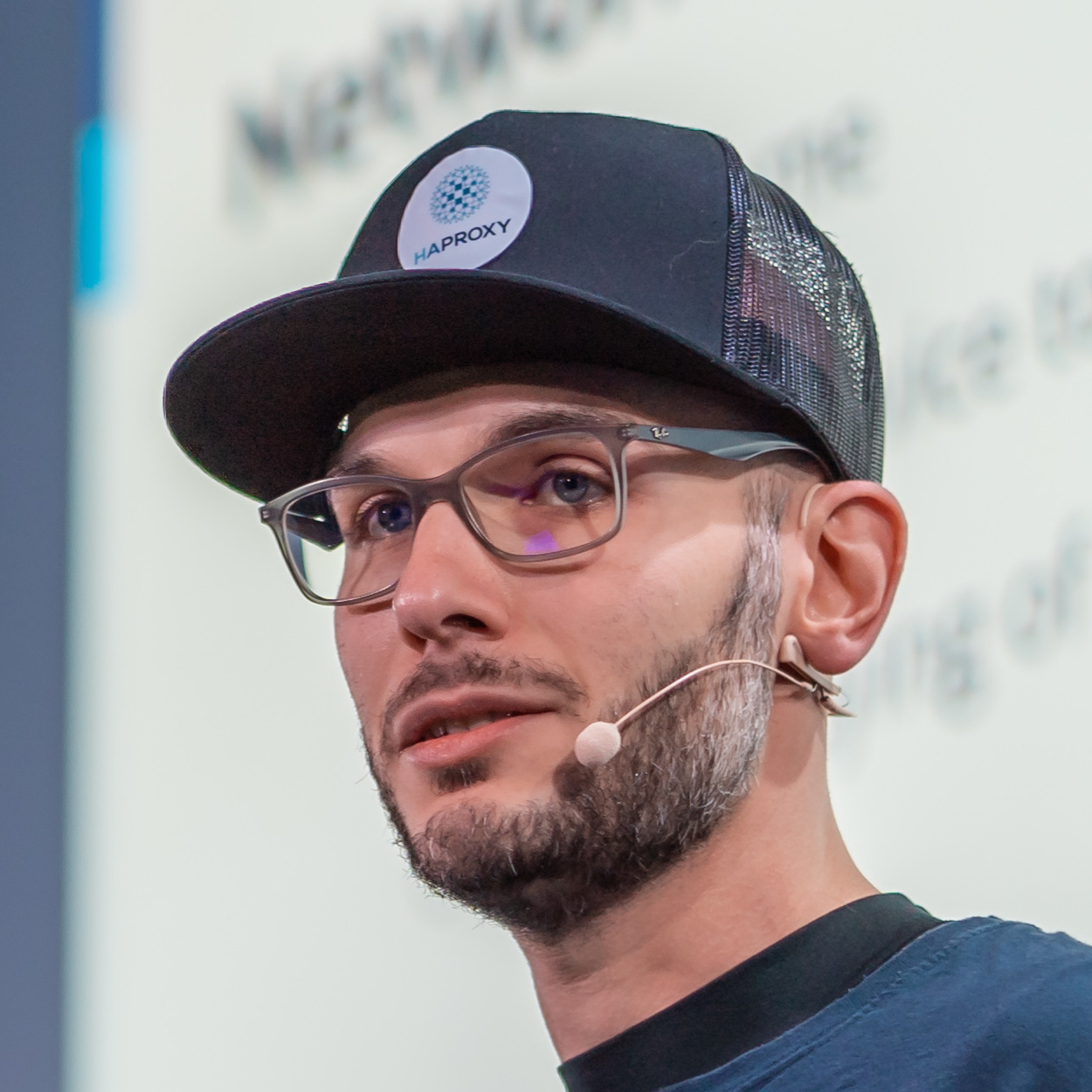Kamaji sets a new standard for Hosted Control Planes architectures
The Kamaji v0.6.0 release besides welcoming new contributors introduces exciting features and enhancements, setting a groundbreaking level to the Hosted Control Plane architecture.


We've discussed several times the benefits of the Hosted Control Plane architecture in our blog posts and our Adriano Pezzuto had the chance to be one of the top voices on the Hosted Control Plane panel at KubeCon EU 2024 along with Apple, IBM, Red Hat, and Mirantis.
Today I'm excited to share the v0.6.0 release of Kamaji, our flagship project to build Kubernetes as a Service solutions such as the ones offered by several adopters and customers, as well as our CLASTIX Enterprise Platform built on top of our terrific experience working with MSP and CSP, relying on the thriving Open Source projects CLASTIX is committed to.
What is Kamaji
Kamaji is the vanilla implementation of the Hosted Control Plane architecture: our operator has codified Day-2 Operations knowledge, offloading the daunting tasks of Control Planes management such as bootstrap, upgrade, High Availability and updates by running them as Pods rather than Virtual Machines, by creating an abstraction of the underlying infrastructure and allowing to run Kubernetes control planes everywhere, in an efficient way, and at light-speed.
A thriving community
Throughout these years, besides pioneering community education on this paradigm shift for organizations running hundreds or thousands of Kubernetes clusters, we're flattered to see more adopters publicly sharing their trust in Kamaji, as well as sharing privately the numbers behind Kamaji, such as orchestrating +500 clusters on-premises: a sizeable amount of clusters, although we know Kamaji can scale "to infinity... and beyond" such as +1,000 Control Planes.
What makes us proud is receiving feature requests, as well as contributions to address them: this is a remarkable milestone to witness the community interest in the single available vanilla implementation of the Hosted Control Plane architecture.
Rising the Kamaji bar to the next level
The v0.6.0 release is fulfilled of new exciting features directly requested by the community that allow to expansion of the Kamaji use cases.
NATS support as Datastore driver
The huge benefit of Kamaji resides in the decoupling of the Datastore and the Control Plane: the API server connects to an externally managed Datastore such as etcd, MySQL, or PostgreSQL.
NATS is a popular messaging system which offers a Key-Value store for distributed systems, allowing interesting patterns for data replication and fault-tolerance scenarios.
Enhanced customisations of Tenant Control Plane pods
Kamaji has been always designed to act as a sort of framework for building managed Kubernetes services, with a non-opinionated design to integrate with as many as possible orchestration systems.
These integrations could require custom ServiceAccounts, or additional metadata such as labels and annotations to perform custom implementations.
The same applies to the no-brainer integration we worked on with Konnectivity which aims to solve the Control Plane-worker nodes networking across a diverse network mesh by defining custom tolerations for the deployed agent.
Datastore connection enhancement
With the increased request of Kubernetes clusters teams are often overwhelmed by the required Datastore operations, such as Disaster Recovery implementations, back-up and restore, and high availability.
Being aware of that, at CLASTIX we tried our best by offering a production-grade etcd Helm operator to simplify these activities, as well as working hard in making dead-simple the integration with the kine project to consume non-typical Datastore drivers, such as NATS, MySQL, or PostgreSQL.
We already discussed how Kamaji can help overcome the AWS EKS limitations and with the latest introduced enhancements, Kamaji can easily connect to managed database services (such as Amazon RDS) decreasing furthermore the operational burden of the SRE and DevOps departments.
What's next
I've personally been involved in the development as well as the evangelization of Kamaji, the reason why I created some simple video tutorials to start with Kamaji: if you're encountering any issues, or if you're just interested about the topic, feel free to join the Kubernetes Slack workspace channel #kamaji.
CLASTIX is the commercial company behind the Kamaji project, vertical on the Kubernetes multi-tenancy, helping organizations to scale their Kubernetes offering by offering the next-generation KaaS solution named CLASTIX Enterprise Platform.
We have also launched a new partner program that fits the business needs of Managed Service Providers (MSP) as well as Cloud Service Providers (CSP), based on a shared-revenue model with zero entry cost.
Post picture credit: Image by wirestock on Freepik